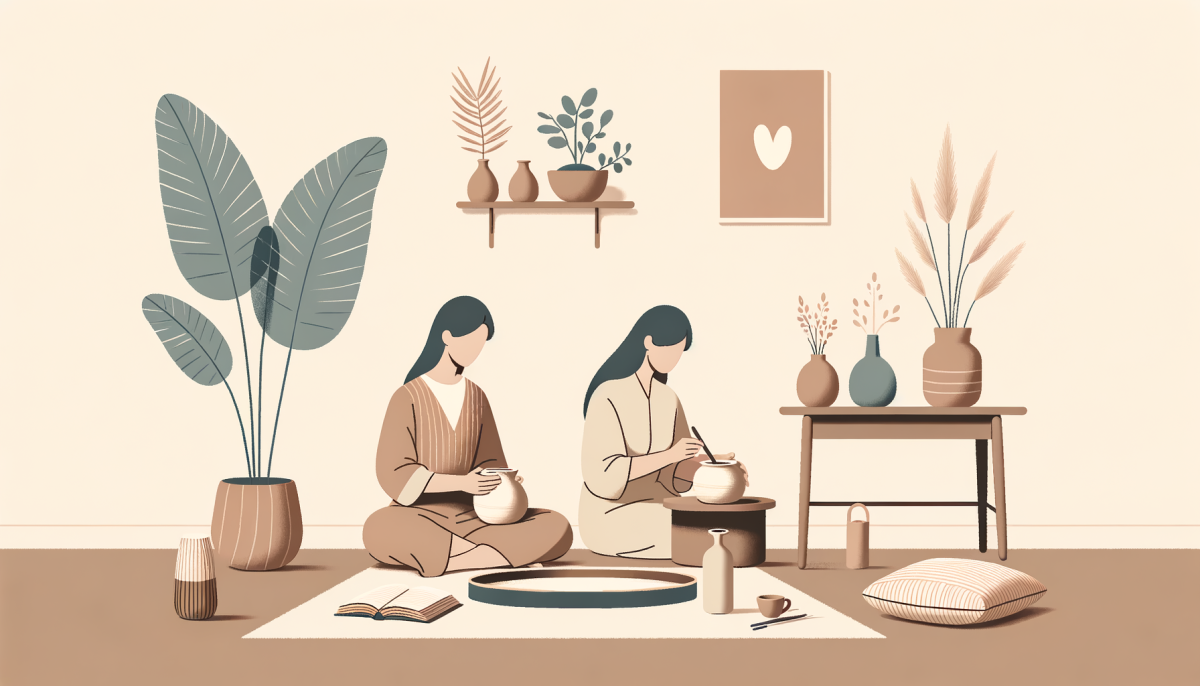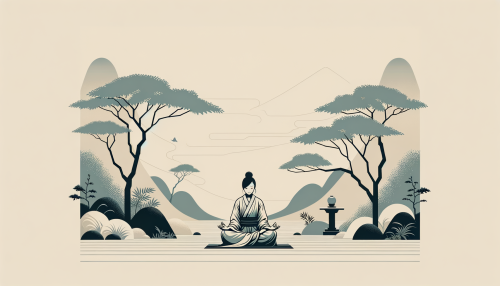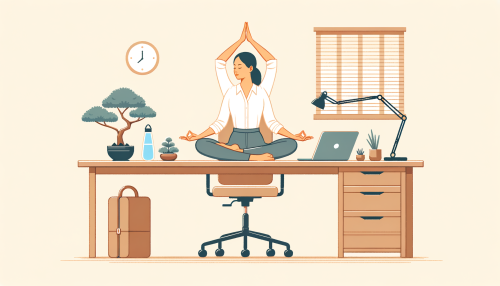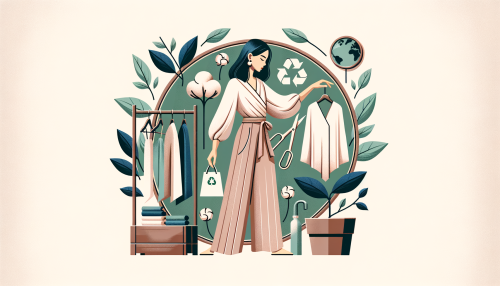Introduction
In the whirlwind of modern existence, where technology, work, and social obligations often dictate the rhythm of our lives, there is a growing movement towards simplicity and mindfulness. This movement, known as the art of slow living, is a conscious choice to step away from the frenetic pace of life and embrace a more minimalist lifestyle. It is a journey towards finding joy in the mundane, cherishing the present moment, and decluttering our lives from the unnecessary.
Embracing Minimalism
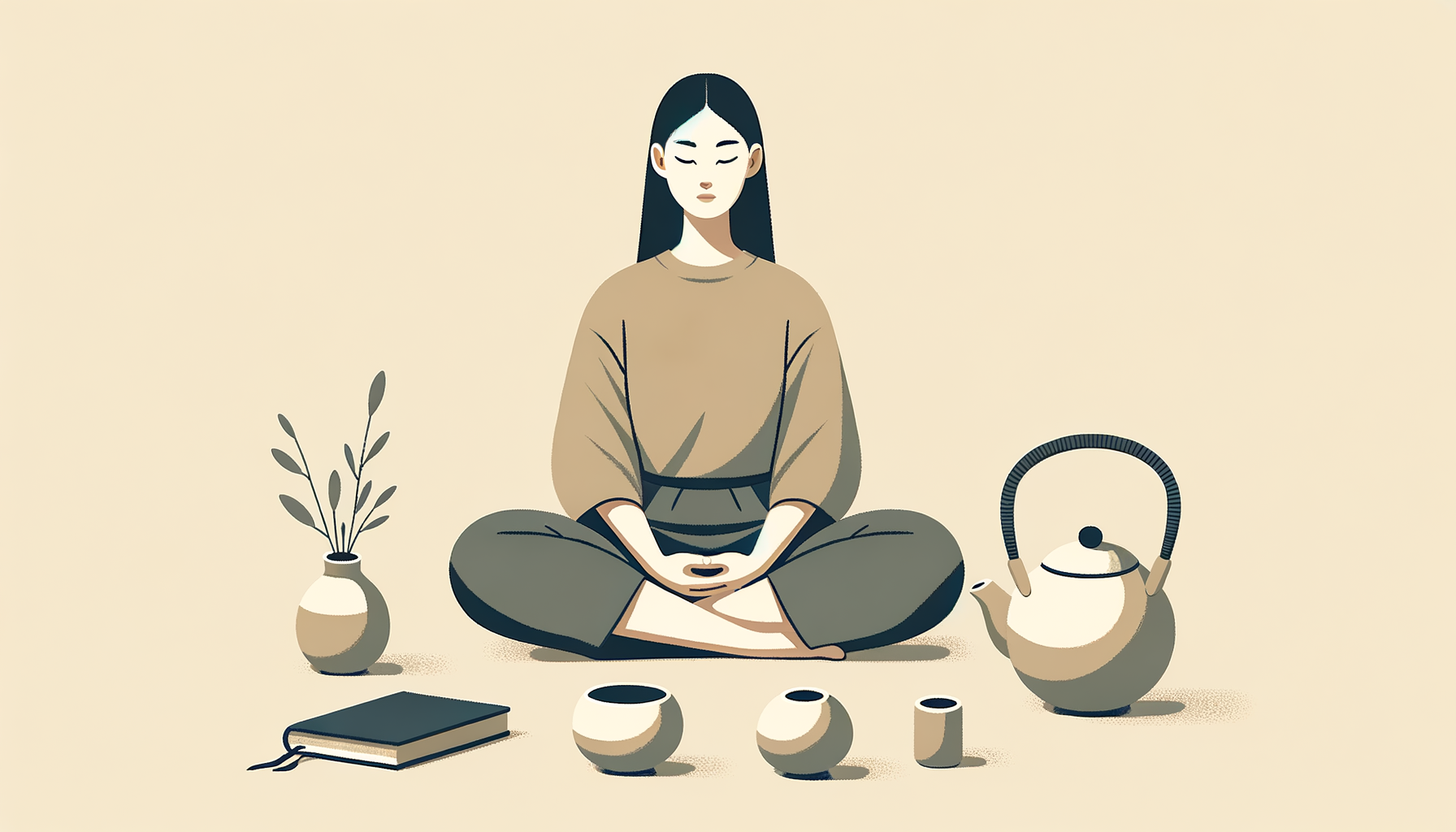
Minimalism, at its core, is about living with less. It is about stripping away the superfluous, the unnecessary, and the distracting to make room for what truly matters. It is not merely about owning fewer possessions, but about reducing the noise and clutter in all aspects of life – physical, mental, and emotional.
The minimalist lifestyle is a conscious decision to reject the consumerist culture that equates possessions with happiness. It is about understanding that more does not necessarily mean better, and that true contentment comes from appreciating what we already have. It is about making space for experiences, relationships, and passions that bring us joy and fulfillment.
Minimalism is also about simplicity and intentionality. It is about making deliberate choices about what we bring into our lives and what we choose to let go. It is about focusing on quality over quantity, and on the essential over the extraneous. It is about living intentionally, with a clear sense of purpose and direction.
Slow Living Benefits
The benefits of slow living are manifold. Firstly, it allows us to live more mindfully and intentionally. By slowing down, we can fully engage with the present moment, rather than constantly rushing towards the next thing. This mindfulness can lead to a deeper appreciation of life and a greater sense of fulfillment.
Slow living also reduces stress and improves mental health. The constant hustle and bustle of modern life can lead to chronic stress, anxiety, and burnout. By choosing to slow down, we can create a more balanced and peaceful life.
Furthermore, slow living can lead to better relationships. In the rush of modern life, we often neglect our relationships with others. By slowing down, we can spend more quality time with our loved ones and build deeper, more meaningful connections.
Finally, slow living can lead to a more sustainable lifestyle. By consuming less and making more mindful choices, we can reduce our environmental impact and contribute to a more sustainable future.
Minimalist Lifestyle Transition
Transitioning to a minimalist lifestyle is not about overnight transformation. It is a gradual process that requires patience, commitment, and self-awareness. It is about making small, incremental changes that add up over time.
The first step towards minimalism is decluttering. This involves getting rid of unnecessary possessions and simplifying our living spaces. However, decluttering is not just about physical possessions. It also involves decluttering our minds and our schedules, letting go of unnecessary thoughts, commitments, and obligations.
The next step is to adopt a more mindful approach to consumption. This involves being more deliberate about what we buy, choosing quality over quantity, and prioritizing experiences over possessions.
Finally, transitioning to a minimalist lifestyle involves cultivating mindfulness and intentionality in all aspects of life. It is about living in the present moment, making deliberate choices, and focusing on what truly matters.
Conclusion
In conclusion, the art of slow living and embracing minimalism is a journey towards simplicity, mindfulness, and intentionality. It is about stepping away from the frenetic pace of modern life and finding joy in the mundane. It is about decluttering our lives, living more sustainably, and focusing on what truly matters. It is a journey that requires patience, commitment, and self-awareness, but the rewards are well worth the effort.

